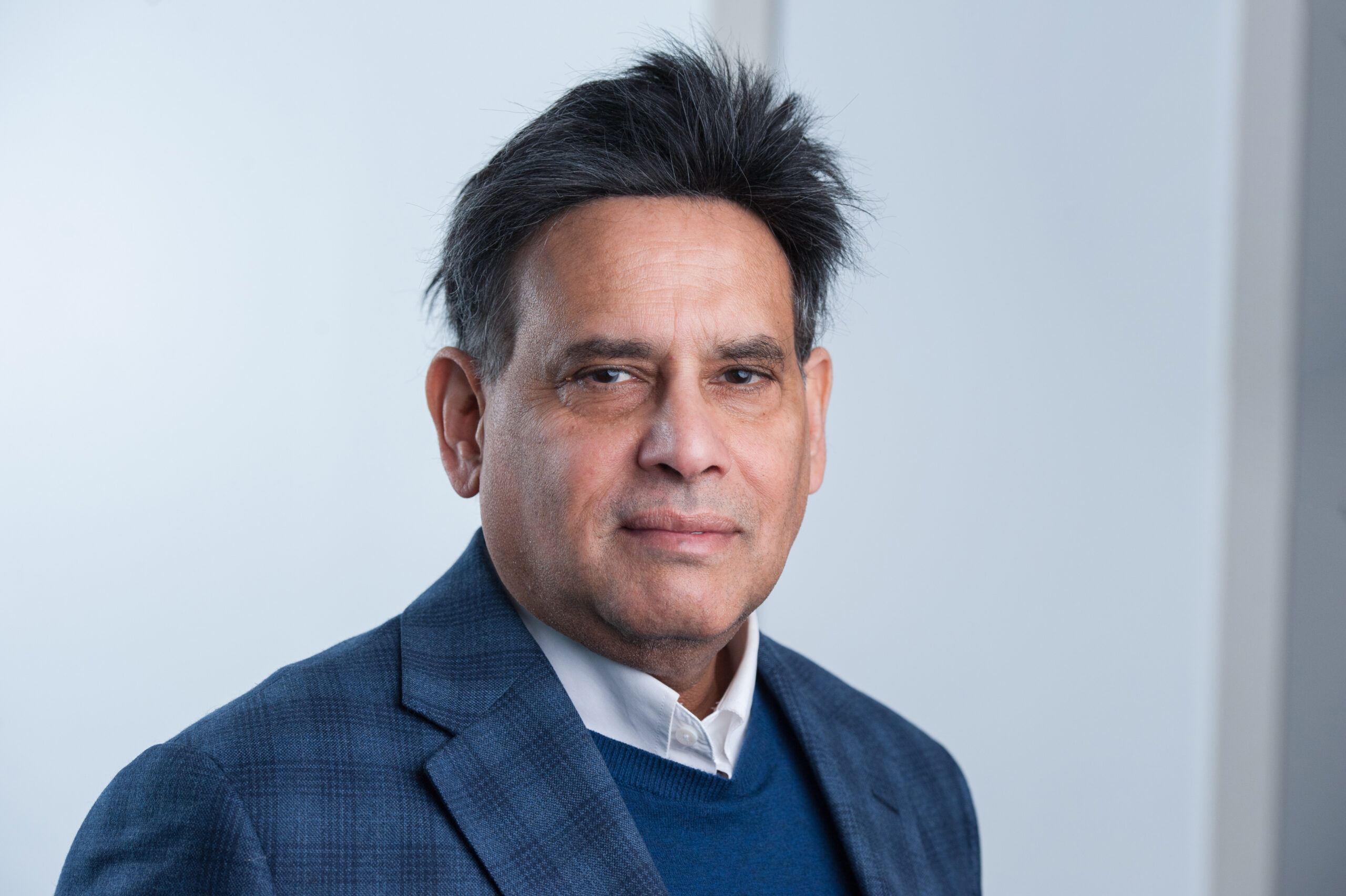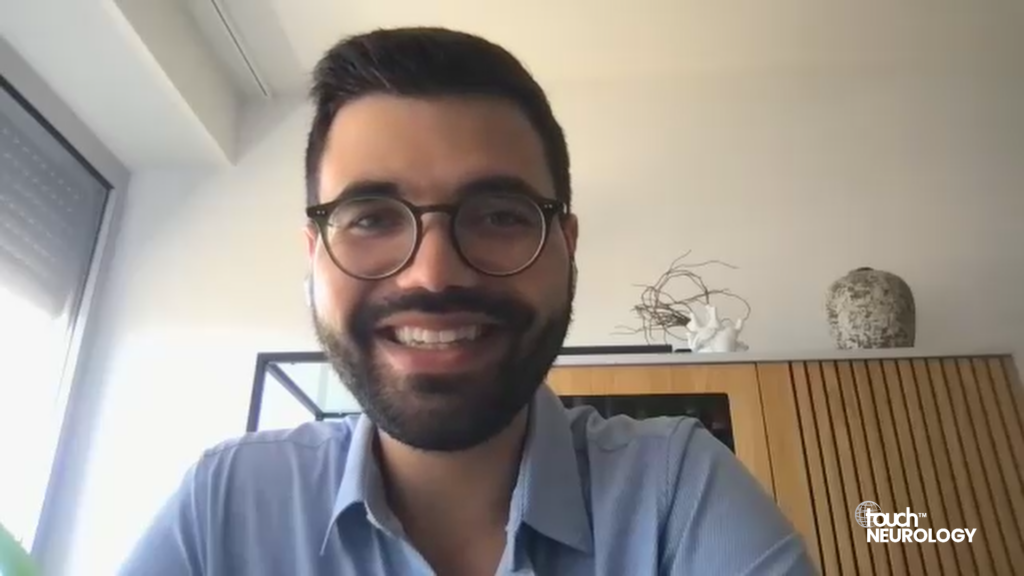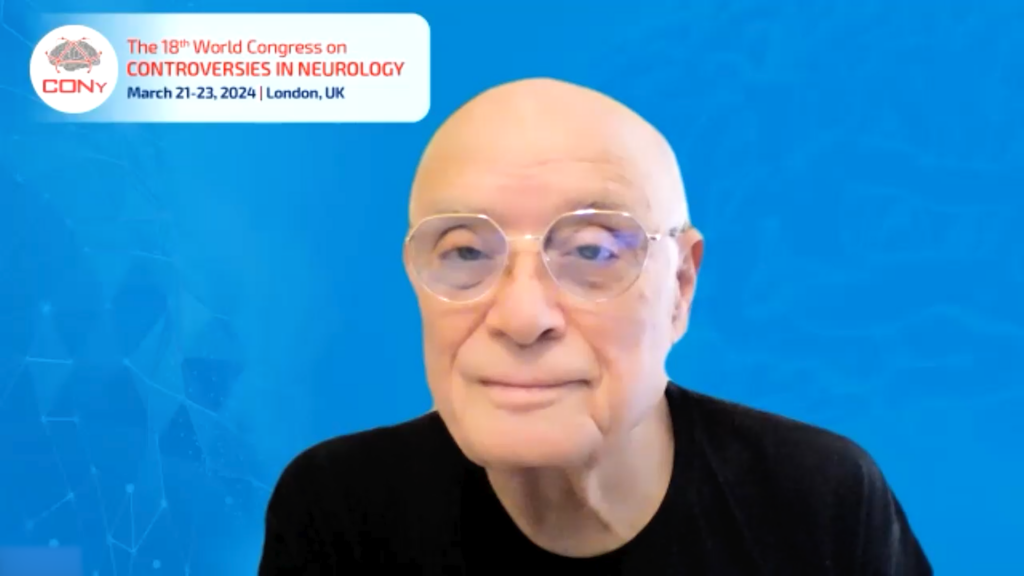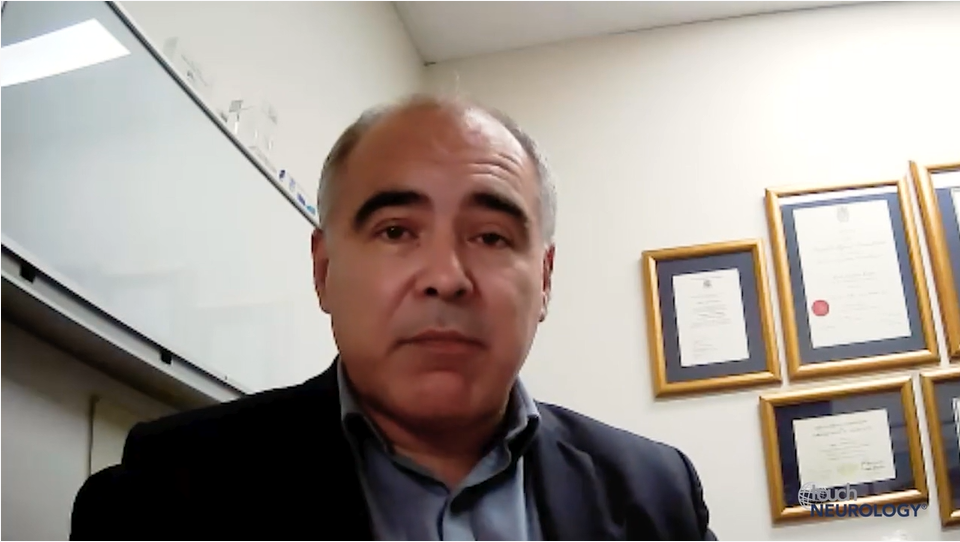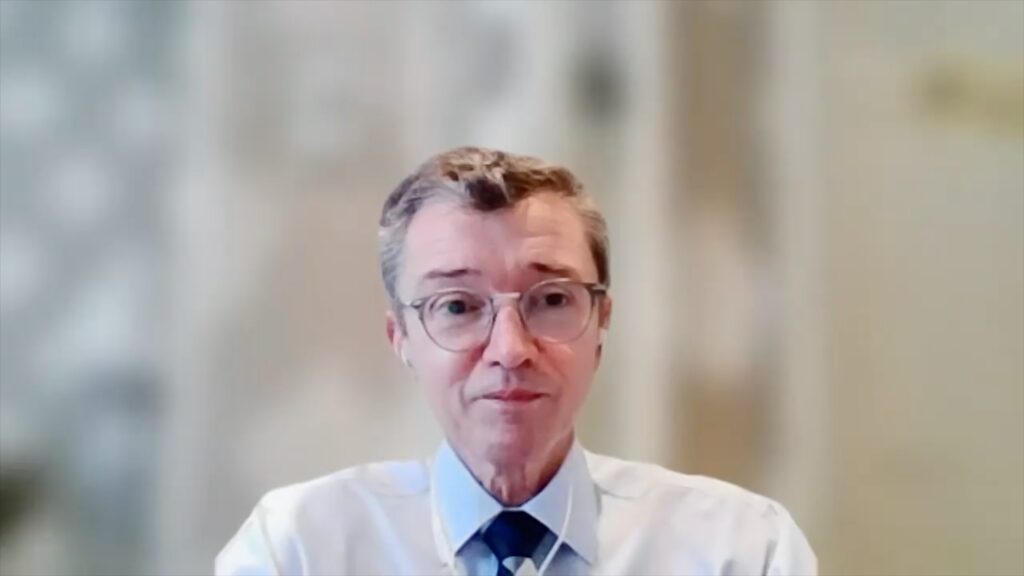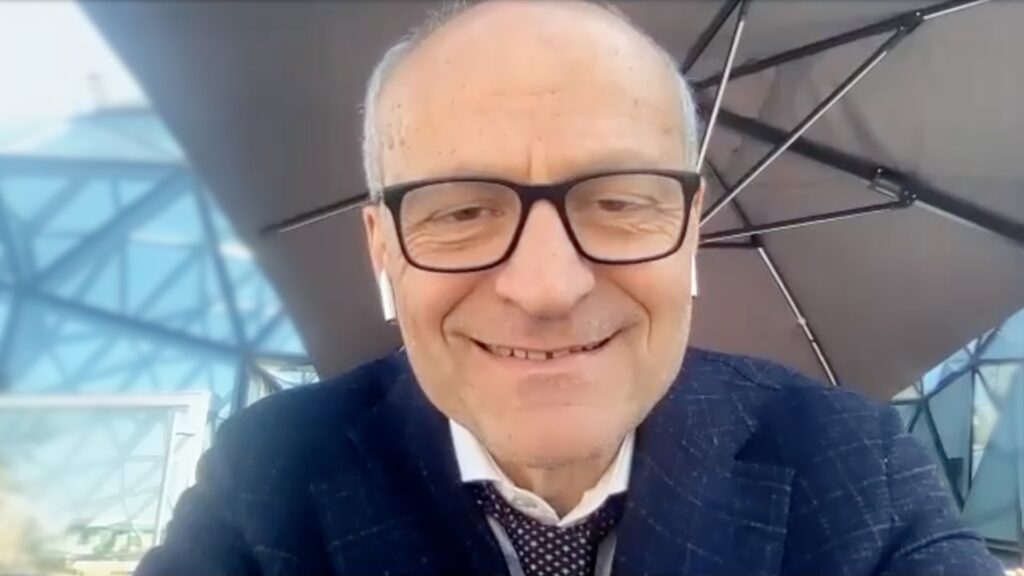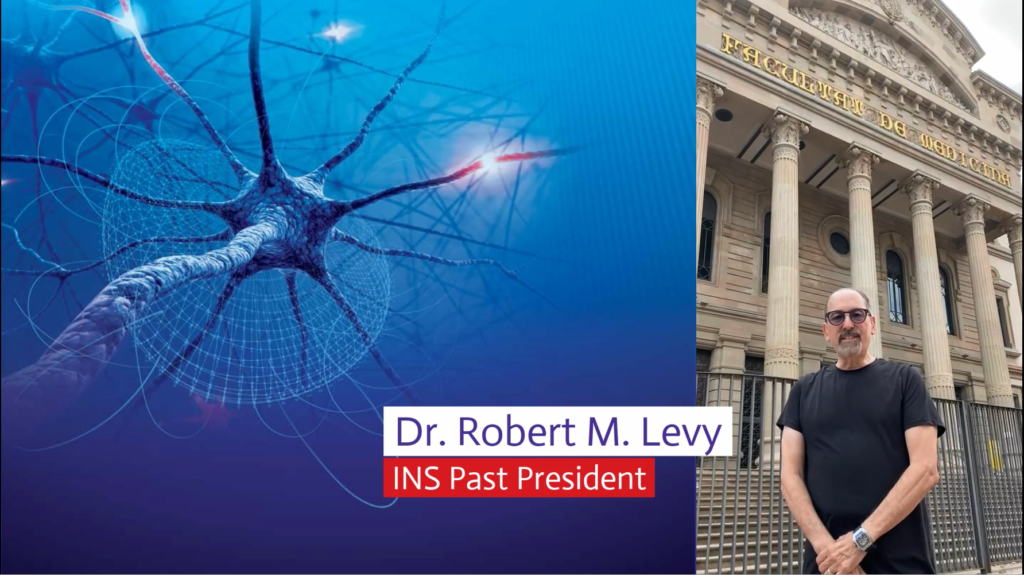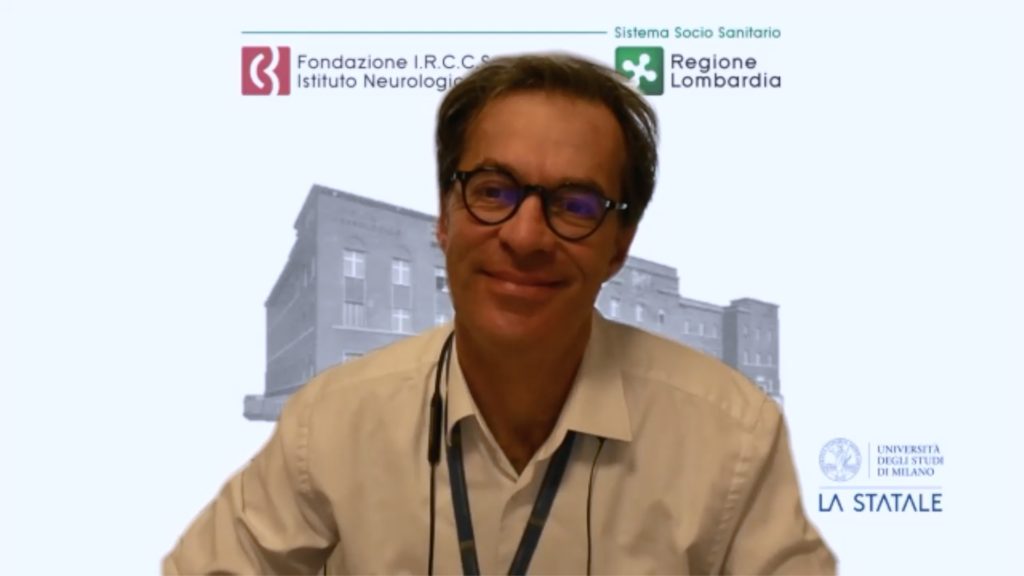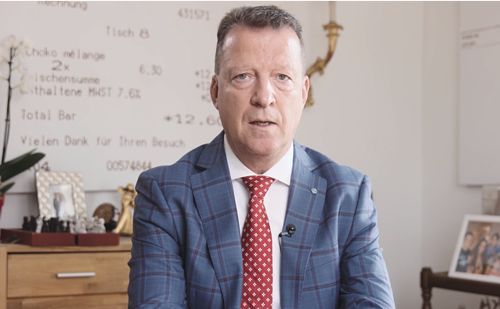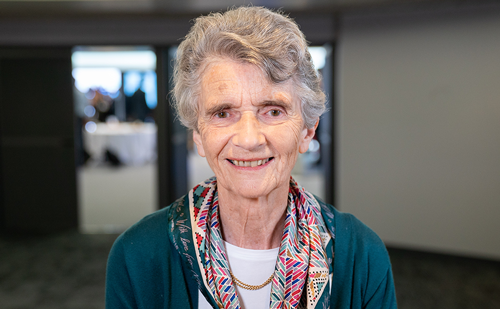Wolfgang Jost discusses the latest treatment and diagnosis approaches in cervical dystonia.
FILMED AT THE INTERNATIONAL CONGRESS OF PARKINSON’S DISEASE AND MOVEMENT DISORDERS (IPMDS), JUNE 2016
WHAT RECENT ADVANCES HAVE BEEN MADE IN THE USE OF BOTULINUM TOXIN IN THE TREATMENT OF CERVICAL DYSTONIA?
00:10 – I think there are two important things. One is the use of ultrasound, so we need meanwhile ultrasound in every patient. And the second thing is a new classification, the so called COL-CAP concept.
WHAT ARE THE MAJOR UNMET NEEDS IN THE TREATMENT OF CERVICAL DYSTONIA?
00:30 – We have to differentiate between the agonist, the antagonist and the compensatory muscle. That’s very useful to treat the patients. The second thing is we need a new score because the TWISTER is not compatible with the COL-CAP concept.
WHAT ARE THE CHALLENGES OF THE DIFFERENTIAL DIAGNOSIS OF CERVICAL DYSTONIA?
00:53 – The challenge is to differentiate between normal cervical dystonia and more complex forms. And I think at the moment we are not able to differentiate with our tools both forms.
WHAT NEW TREATMENT AND DIFFERENTIATION APPROACHES ARE BEING PRESENTED TODAY?
01:11 – Today we demonstrate a new concept with C2 as a fixed point with the differentiation of caput and collum, so you can turn the head or you can turn the neck. And the second important thing is the use of ultrasound to look for especially deeper muscles.

